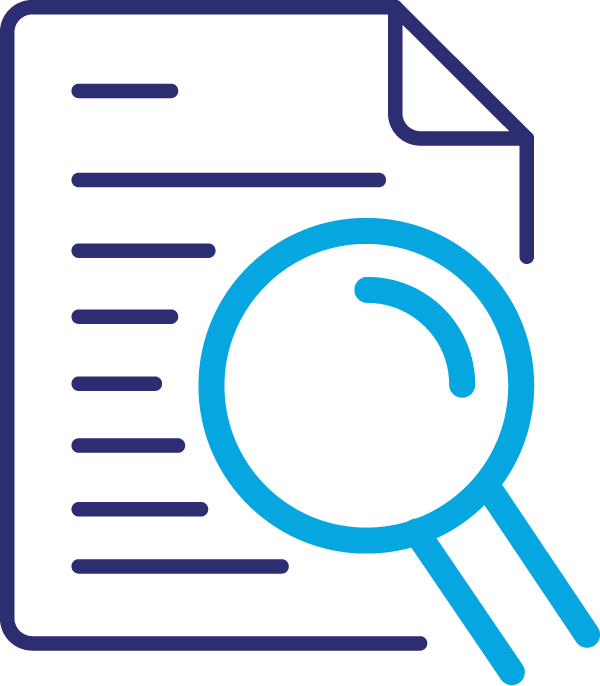1. Financial stocks always do better in high interest rate environments and insurers in particular will do well.
- While consumers will cut back on other expense areas, insurance for home, car, health amongst others is essential and will remain a steady source of income for investors.
2. 2023 is the year of innovation and experimentation in the Insurance industry.
- Against the backdrop of less competition from faltering Insurtechs due to funding issues, traditional insurers have the opportunity to step in and advance the innovation and experimentation.
- This will manifest itself in particular around improved customer experiences where the aim is to catch up with the precedents set by consumer finance organizations.
3. The trifecta hits home
- Over the course of 2023 and peaking in 2024, a combination of automation technologies (RPA, ML, low/no code), analytics technologies (AI, predictive analytics) and connected insurance (IoT, usage based) will result in more targeted insurance products and increased loyalty.
4. ESG will dominate the board agenda
- Net Zero goals, investment focus and the rise of data-driven sustainability with intensifying headwinds in risk exposure will put this at the very top of the CEO’s list. There will be complexity to overcome, and the road ahead at this stage is far from clear.
5. New growth through new business models
- Embedded Insurance has an estimated $3.7 trillion dollar market potential, and new approaches to customer engagement and risk removal see similar potential
- These new areas will help redefine insurance and its role in people’s lives.
6. The continued rise of insurtechs and neo carriers
- Compounding the issues plaguing incumbents, but also creating greater and greater motivation for incumbents to adopt true ecosystem models and take advantage of this emerging marketplace.
7. Regulating trust
- Increasingly, regulators are tackling the need for insurers to act more fairly, and in doing so they are demanding that in a digital age, customers need to be more informed, clearer on their coverage and be able to make choices with their provider with less barriers.
- This switch can create a “CX pioneers win” paradigm – especially for those that see this as an opportunity rather than an obligation.
8. The ecosystem of insurers
- With the outperformance of the more “tech-enabled” insurer, we will see core technology adoption finally shift the goalpost of agility, allowing movers to adapt faster, enter new markets and develop new business models to outpace the competition.
9. The proliferation of distribution
- It never ends, and will continue to cause underequipped insurers to either lose market share or adapt high cost point solutions to access and manage new channels.
10. Underwriting Transformation
- Developing a fully-automated or data-driven programme that accelerates the underwriting approval process will be a big focus of 2023.
- Slow underwriting programs prevent life insurance carriers from having a modern agent/customer experience that is fast and self-service.
- Many legacy systems limit the ability to turn data into useful information for initial and ongoing (continuous) underwriting making this transformation a challenge.
Rory Yates, SVP Corporate Strategy, Global at EIS said:
“With the myriad headwinds facing the sector, digital transformation will remain a key focus for ambitious insurers in 2023. Sustainability, fairness, and transparency will continue to drive innovation and growth. Automation will enable employee-centric transformation, freeing human capital to focus on the customer. While continued competition both from within and without the sector, will see insurers move away from compete-on-price strategies to value-driving metrics.”




















